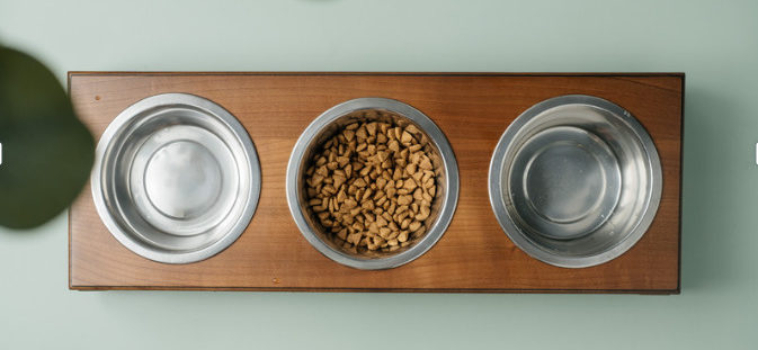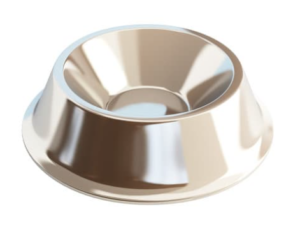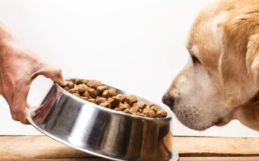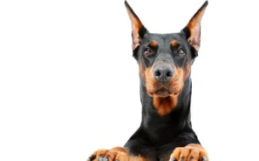Did you know that a pet’s food/water bowl is the fourth most contaminated item in a home? That’s probably not a surprising fact. When you think about it, a pet’s bowl has an obvious ick factor to it. What might be surprising is just how many germs can breed in that environment. Salmonella, Staphylococcus, Streptococcus, Parvovirus, E. coli and Pasteurella Multocida (a common cause of infection following bites/scratches of dogs and cats) are all examples of diseases that can be found in a pet’s food/water bowl. They can grow quickly without proper cleaning and be spread to other animals or in some cases, people.
It’s a bit alarming to know that such diseases can come from a beloved family member’s food or water bowl. However, what is important to remember is that it all can be avoided with proper cleaning!
What are some steps you can take to make sure you get a squeaky-clean dish?
- Use a stainless steal bowl. These types of dishes have proven to retain less bacteria over time.
- Wash your pet’s dish after each meal.
- Once a week, disinfect the bowls with either a premade cleaning solution or a homemade one (bleach, hydrogen peroxide or alcohol can do the trick). Adding your pet’s bowl to your dishwasher on a “disinfect” cycle can work as well.
- Put your dish rags in the washing machine with a bit of bleach once a week to help ensure the germs are gone. You can even use different rags and sponges for your pet’s bowls and your own. Dish rags and sponges are even higher on the list of most contaminated items in homes, so it’s important to switch and clean these on the regular.
Remember that pet dishes aren’t the only things that can get contaminated. Use these precautions and cleaning routines with your pet’s dish mat (if they have one) and their toys too!






